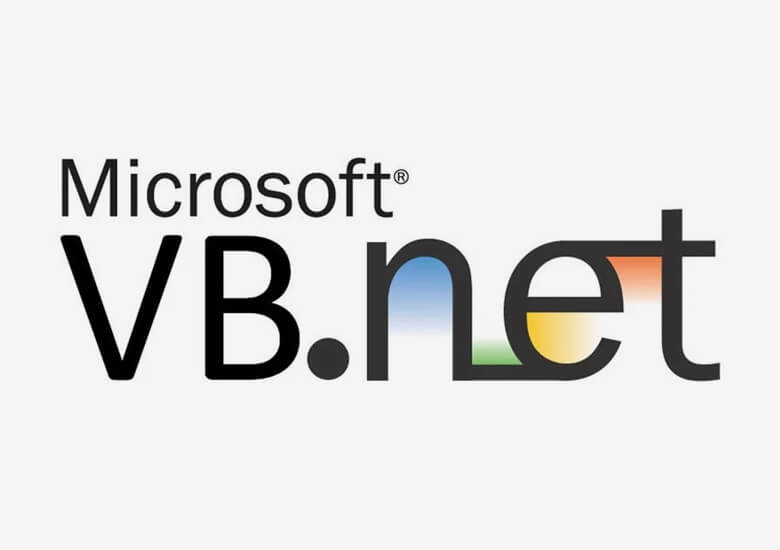Your project deserves the best, and it all starts with a conversation. We’re passionate about understanding your vision, your business, and your challenges. Our team is committed to working closely with you to ensure that your project not only meets but exceeds your expectations. Ready to get started?
VB Development
Visual Basic allows programmers to create simple GUI applications and also develop complex applications. Programming in VB is a combination of visually arranging components or controls on a form, specifying attributes and actions of those components, and writing additional lines of code for more functionality. Since default attributes and actions are defined for the components, a simple program can be created without the programmer having to write many lines of code. Performance problems were experienced by earlier versions, but with faster computers and native code compilation this has become less of an issue
Forms are created using drag-and-drop techniques. A tool is used to place controls (e.g., text boxes, buttons, etc.) on the form (window). Controls have attributes and event handlers associated with them. Default values are provided when the control is created, but may be changed by the programmer. Many attribute values can be modified during run time based on user actions or changes in the environment, providing a dynamic application. For example, code can be inserted into the form resize event handler to reposition a control so that it remains centered on the form, expands to fill up the form, etc. By inserting code into the event handler for a key press in a text box, the program can automatically translate the case of the text being entered, or even prevent certain characters from being inserted.
Visual Basic can create executables (EXE files), ActiveX controls, or DLL files, but is primarily used to develop Windows applications and to interface database systems. Dialog boxes with less functionality can be used to provide pop-up capabilities. Controls provide the basic functionality of the application, while programmers can insert additional logic within the appropriate event handlers. For example, a drop-down combination box will automatically display its list and allow the user to select any element. An event handler is called when an item is selected, which can then execute additional code created by the programmer to perform some action based on which element was selected, such as populating a related list. The Visual Basic compiler is shared with other Visual Studio languages (C, C++), but restrictions in the IDE do not allow the creation of some targets (Windows model DLLs) and threading models.

















